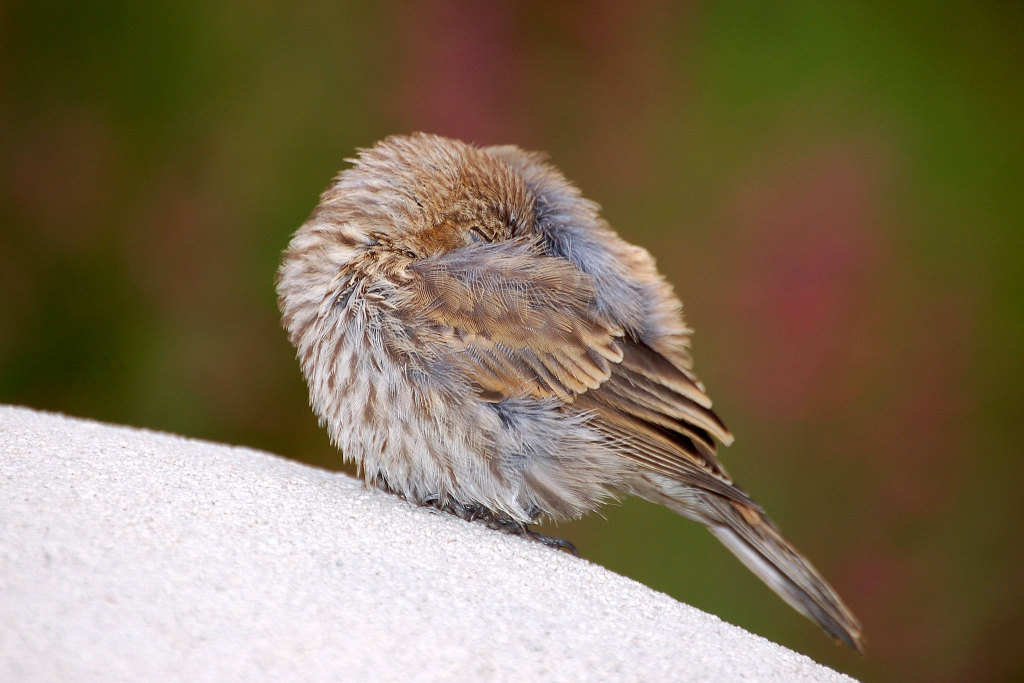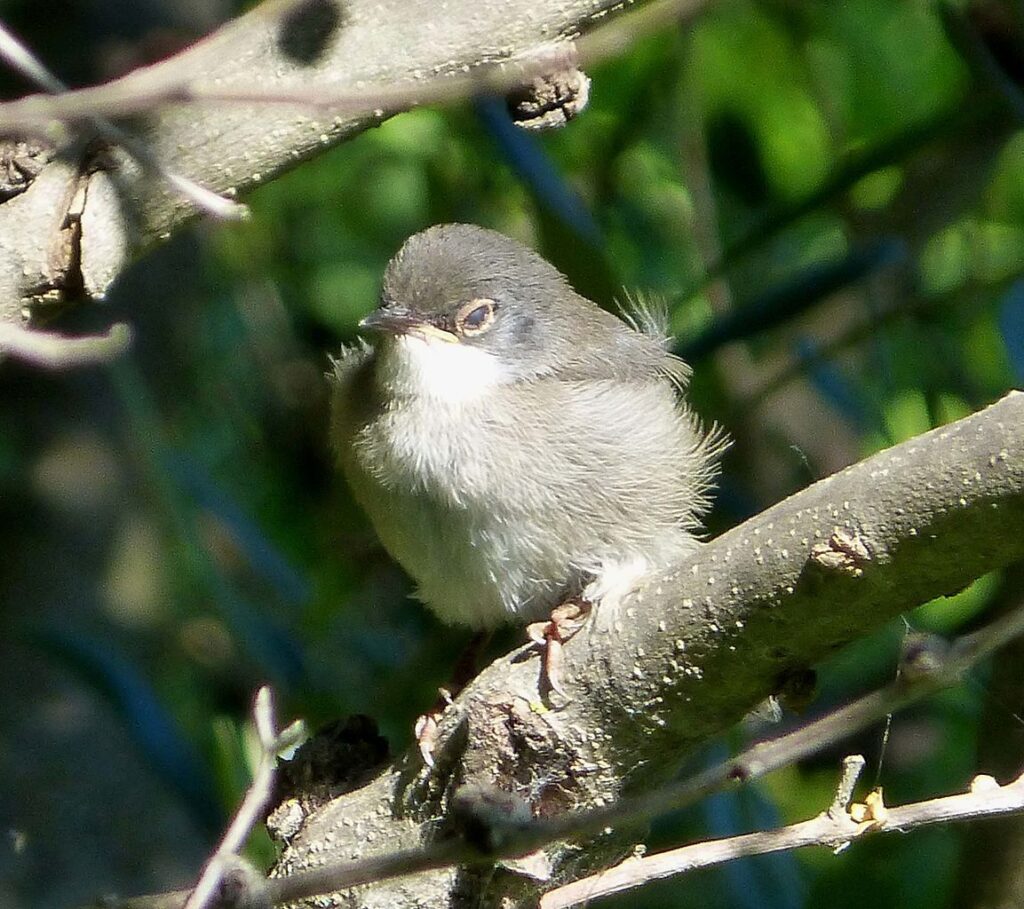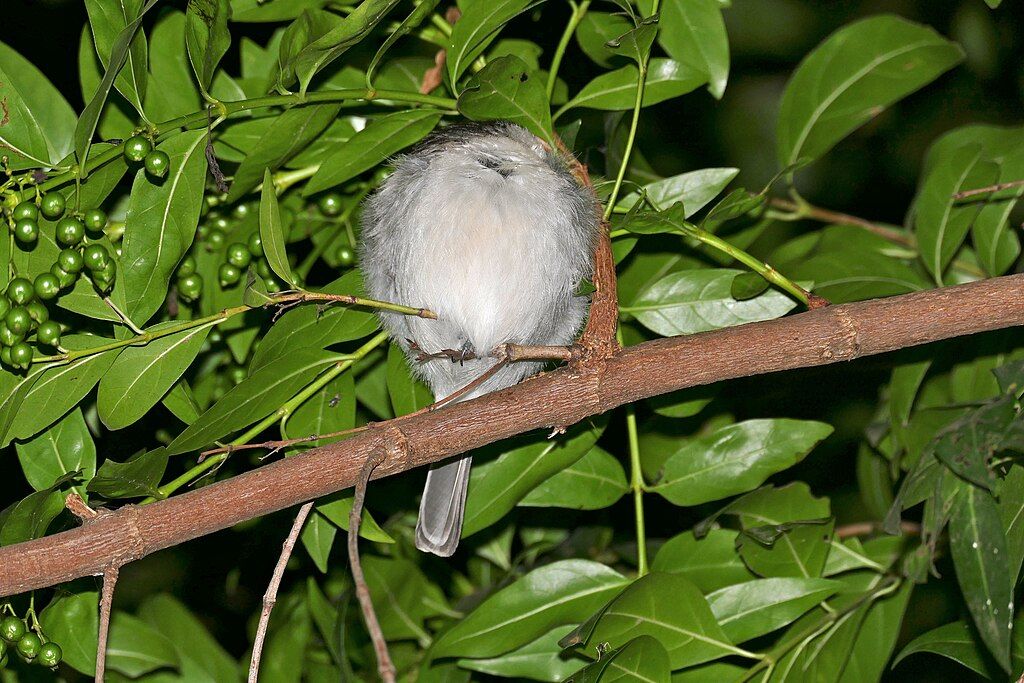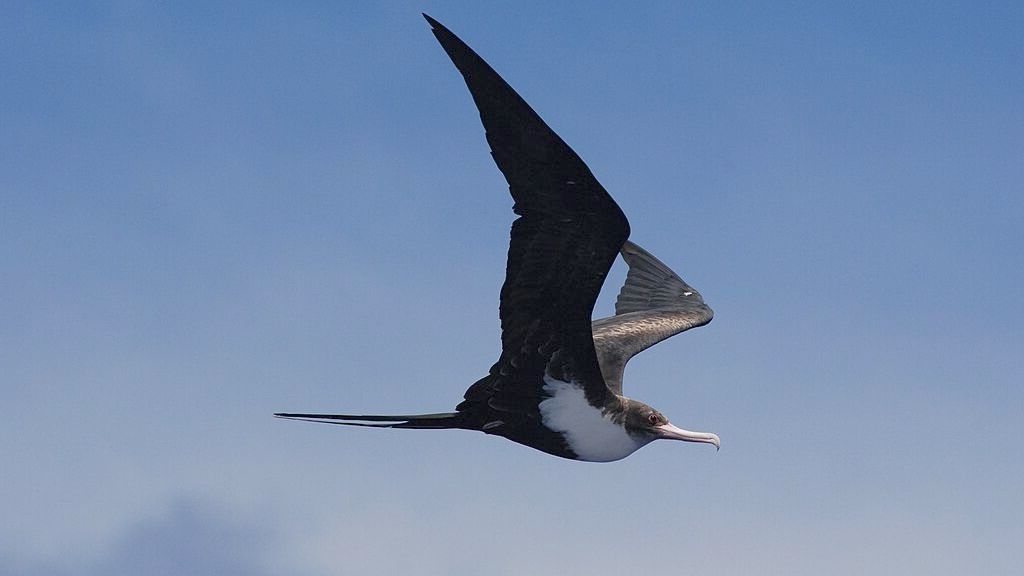
31 August 2023
Migration is exhausting work and since warblers migrate at night, they must rest and refuel during the day. Food and good cover are both essential at their rest stops. Sleeping is a dangerous activity where predators lurk.
A study published in Current Biology, August 2019, revealed one way that migrating warblers manage these dangers and demands: They adjust their sleep postures depending on their physical condition and physiological needs. Plump, well-muscled birds tend to sleep with their heads held upright, while scrawnier warblers tuck their heads into their feathers, a posture that makes them more vulnerable to predation but helps them conserve their much needed energy.
— New York Times: Some Migratory Birds Sleep Better Than Others, August 2019
Fit warblers can afford to be vigilant. They puff up and sleep in a watchful posture, sometimes out in the open. This makes them ready to escape at a moment’s notice.

Exhausted warblers hide in thickets and tuck their heads under their wings. This provides much needed rest and protects against heat loss but makes them vulnerable to predators. Interestingly, these same birds sleep less than those in good condition because they have to spend more time foraging.

Some long distance migrants, such as the ocean-going great frigatebird, can sleep in flight.

A 2016 study equipped great frigatebirds (Fregata minor) with EEG equipment and proved that they sleep while flying though they get less sleep in the air than on land. Read more in this vintage article.
It would be nice to safely sleep while doing other things. Yawn! I’m ready right now.
(photos from Wikimedia Commons, see links in the captions)